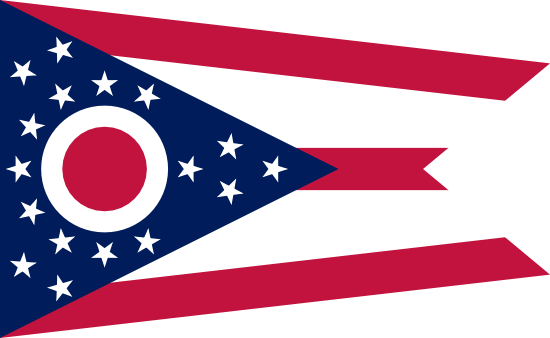
Columbus
- County:
- Franklin County
- County Seat:
- Yes
- Area (mi²):
- 221.93
- State:
- Ohio
Columbus is a city located in Franklin County, Ohio. Columbus has a 2025 population of 933,263 . It is also the county seat of Franklin County . Columbus is currently growing at a rate of 1.38% annually and its population has increased by 2.96% since the most recent census, which recorded a population of 906,466 in 2020.
The median household income in Columbus is $65,327 with a poverty rate of 17.85%. The median age in Columbus is 33 years: 32.6 years for males, and 33.3 years for females. For every 100 females there are 96.7 males.